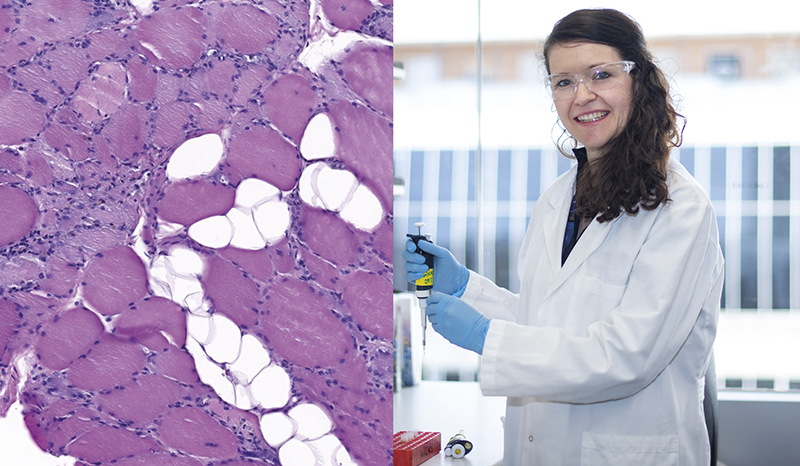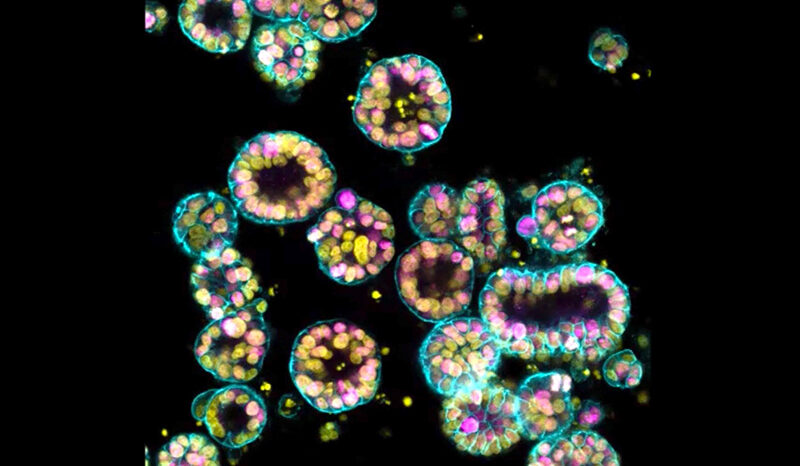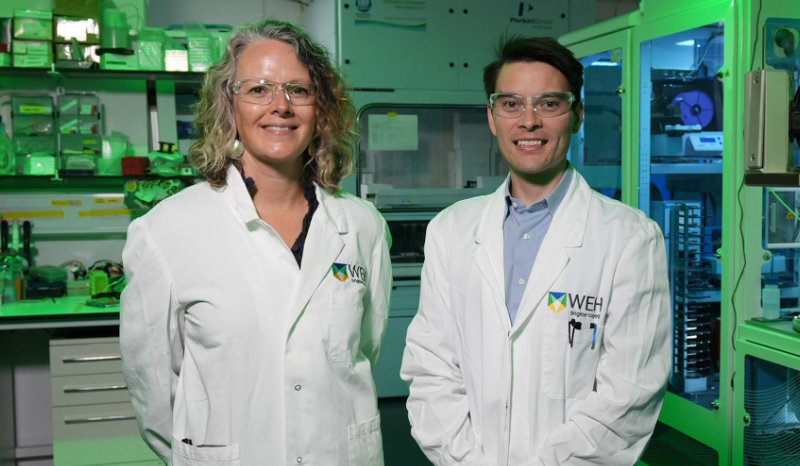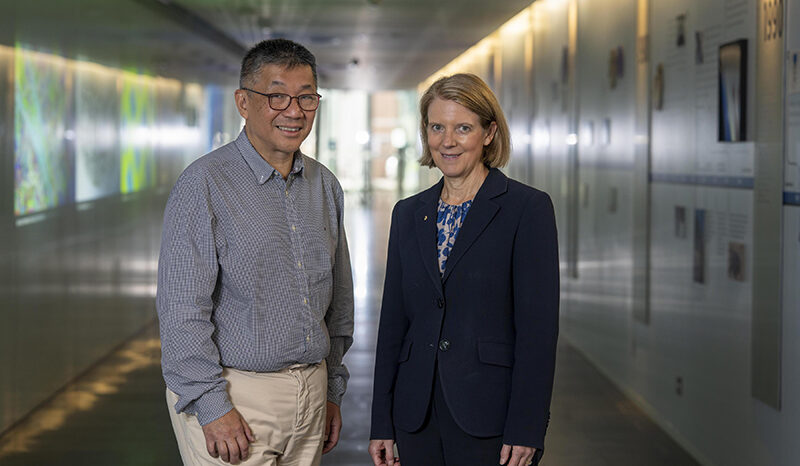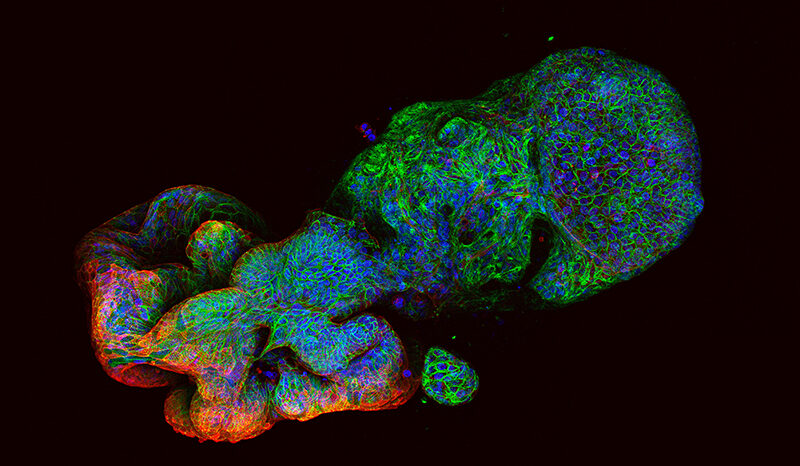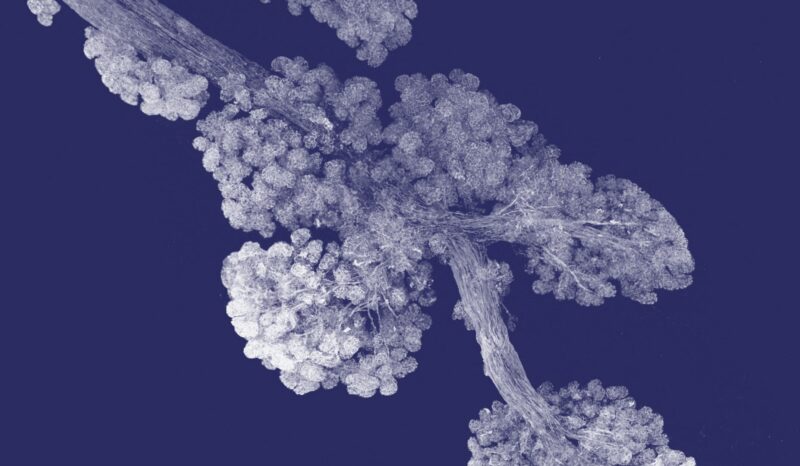On a given workday she might spend her morning meeting with patients at the hospital, before heading into theatre to collect muscle biopsies. After placing the resulting tissue samples into an esky, Dr Day will head across to the lab, spending the afternoon processing these to further her research. She then might have to head back to the hospital if one of her patients needs help.
Dr Day is a clinician-scientist: an exceptional cohort of medical professionals that play an essential role in translating lab discoveries into practical healthcare solutions.
Splitting their professional lives between the distinct challenges of lab-based research, and the direct care of patients in hospitals and clinics, clinician-scientists are renowned for their incredible drive and passion for helping others.
After graduating in medicine and completing advanced training in rheumatology, Dr Day decided to take time off from clinical work to focus full-time on a PhD.
“I realised then how much I loved research, and had this opportunity to immerse myself in it, and experiment with different concepts and ideas,” she says.
But she also found that she missed the immediacy and satisfaction of medicine. The experience highlighted how much she needed both the lab and the clinic in her life.



